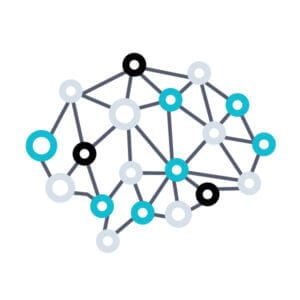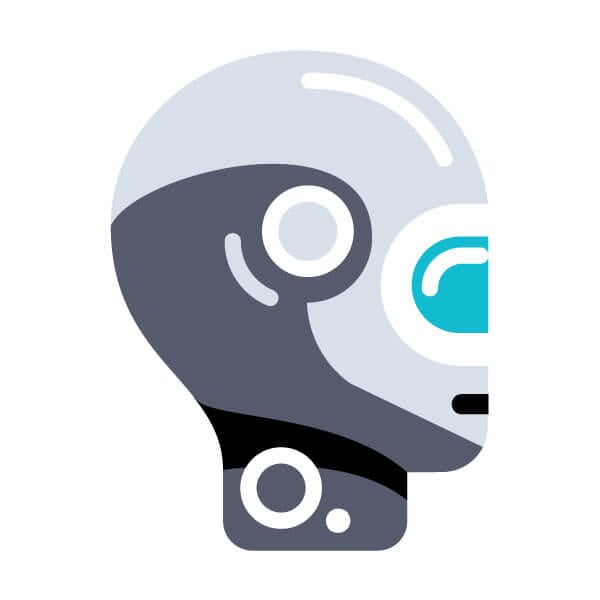Intellectsoft has been offering AI-based software solutions, so we have started a series of blog posts to shed a light on what AI is, its applications, as well as how to implement it successfully in the enterprise. The previous post was a case-driven guide to machine learning.
Deep learning is set to take us to a technologically advanced, automated future of self-driving cars and robotic assistants. However, what it is and how it works still remains a subject significantly more complex than most users imagine.
Join us, as we take a closer look at deep learning without going to the neighboring territories of mathematics and software engineering.
What is deep learning
Deep learning is a subfield of machine learning — a type of data analysis that uses self-learning algorithms to analyse big data, learn from it, and eventually solve a problem, provide insights, or predict an outcome.
Nevertheless, deep learning employs algorithms that are fundamentally more complex than those employed in machine learning.
These self-learning algorithms are called deep neural networks.
Essentially, they are built to mimic biological neural networks of animals and humans to solve problems and tackle tasks of greater complexity, like driving vehicles and providing security using face recognition systems.

How do these neural networks succeed?
Like human neural networks, deep neural networks are arranged in a hierarchical manner. More importantly, the layers of deep neural networks are also able to learn abstract features, allowing them to observe nuances in complex data blocks.
Therefore, artificial neurons can detect the smallest abstract details — patterns of low-level features.
If we take human face recognition as an example, a deep learning algorithm will not only be able to discern one face from another, but detect differences connected to the smallest details, like pores or wrinkles. This goes up to mid-level features like eye color, ear, and eyebrow shapes, and further on to high-level features, like discerning the differences in face shapes.
Thus, when it comes to the allocation of tasks in the enterprise of the future, machine learning algorithms will make valuable predictions in different departments based on business data; while deep learning will drive autonomous corporate vehicles and provide security with face recognition systems.
Deep learning subtypes and applications
There are several subtypes of deep learning, and each of them tackles a different task.
Convolutional neural networks (CNNs) are designed for computer vision tasks — acquiring, analysing, and understanding digital images to extract high-dimensional information to make a decision. CNNs can be used for video tracking, object recognition, motion estimation, and more.
Recurrent neural networks are created with built-in memory, and are best suitable for language processing tasks, like spot-on translation from one language to another.
Q-learning is a subtype of deep learning that is built on an action-value relation. An artificial intelligence agent determines the value of being in a specific state and taking an action in that state. For example, it will determine the consequences of the way it handles the controls of a car to turn or hit the brakes to avoid collision.

Policy learning allows the AI agent to learn an elaborately detailed set of instructions that shows the best possible action for a given state. This subtype of deep learning will be used in AI-based voice assistants on the front desks of enterprises.
Reinforcement learning. A reinforcement learning agent has to decide how to act to perform a task through the process of trial and error in a dedicated training environment. Earlier this year, Google’s AI-enabled program AlphaGO defeated the champion in GO — an abstract game that is more complex than chess. This became possible through reinforcement learning.
Even now, the promise of deep learning is grand — one should only remember the rigorous testing of Tesla’s self-driving cars. While consumers still have to wait—business doesn’t. Today, more and more enterprises are implementing deep and machine learning to gain a competitive edge.
The reasoning behind it is straightforward: in a data-driven corporate culture where you rely on big amounts of information, AI is a lifeline that helps enterprises make use of all their data quickly.
In the next post, we will explain how to successfully implement an AI-based solution in the enterprise.
Meanwhile, if you can’t postpone implementing an AI-based solution any longer, get in touch with us. We will help you with it from algorithm to implementation.
